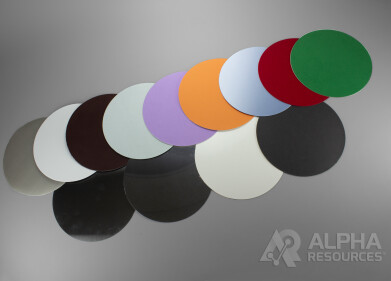-

-
 Decay of NCO in absorbance mode over time in a two-pot packaging adhesive at standard mix ratio.
Decay of NCO in absorbance mode over time in a two-pot packaging adhesive at standard mix ratio. -

Mass Spectrometry & Spectroscopy
Solvent Free Packaging Adhesive Application Note
Oct 29 2020
Did you know that your crisps packets, drink pouches or even dog food packaging are made of many polymer layers stuck together by glue to optimise mechanical and barrier properties? Conventional Lamination Adhesives used in multi-layered flexible packaging are commonly a product of solvent-based or solvent free two-pot systems that undergo the following reaction:
Polyol (-OH) + Isocyanate (-N=C=O)à Polyurethane lamination adhesive (-NHCOO-)
The packaging industry often use FTIR to screen test the decay rate of isocyanate (NCO) in a freshly applied adhesive because unreacted aromatic NCO molecules can migrate through laminated packaging into food to react with water molecules, generating carcinogenic primary aromatic amines that are harmful to humans and pets alike. By measuring the reduction of NCO absorbance peak height over time at ~2270-2250 cm-1, this decay serves as an indicator for adhesive curing speed and food packaging safety. The spectra were taken over time from the same solvent free adhesive on a single Arrow slide.
Multiple Arrow Slides can also be used to compare the curing speed of different adhesives at the same time. Adhesive curing speed has many variables like OH to NCO mix ratio, curing temperature, relative humidity, the crosslink-ability of starting components and the reactivity of the aromatic NCO component amongst other factors. Sometimes the curing process can take days or even weeks, so to have just one conventional crystal ATR puck occupied for prolonged periods might not be coolest idea. High volume batch sampling using Arrow consumable ATR Slides can really save you time and speed up your work to make your organisation more competitive. Furthermore, once the polyurethane product is formed on your crystal, it could be difficult to remove, and you might run the risk of damaging a relatively more expensive crystal puck; after all glue is designed to stick. So, the next time you test a sticky adhesive, varnish, paint, ink, or coating, why not give the Arrow a go?
More information online
Digital Edition
Lab Asia 31.6 Dec 2024
December 2024
Chromatography Articles - Sustainable chromatography: Embracing software for greener methods Mass Spectrometry & Spectroscopy Articles - Solving industry challenges for phosphorus containi...
View all digital editions
Events
Jan 22 2025 Tokyo, Japan
Jan 22 2025 Birmingham, UK
Jan 25 2025 San Diego, CA, USA
Jan 27 2025 Dubai, UAE
Jan 29 2025 Tokyo, Japan


















